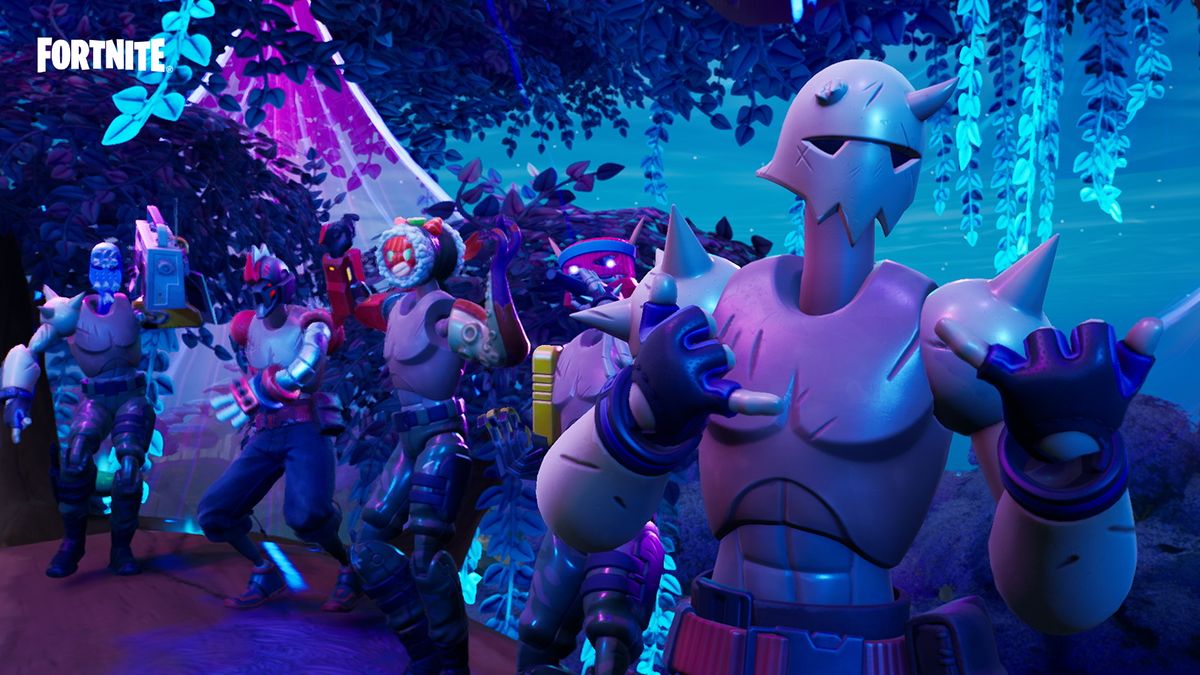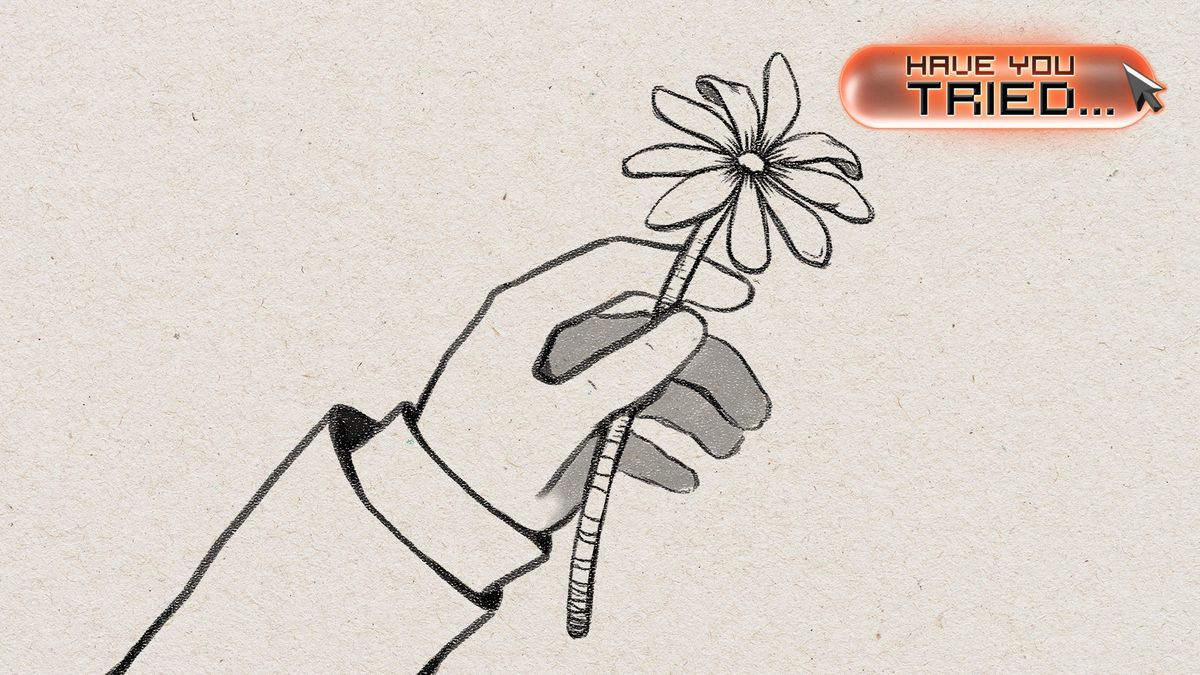The response to DokeV’s debut at Gamescom this August was, perhaps, predictable. It is, after all, a gorgeous creature-collecting open-world adventure so, among the buzz that followed that first trailer, it was only natural to see some suggesting that this is what they’d hoped Pokémon games might look like by now. (If we’re being harsh, the framerate during battle scenes suggests Pearl Abyss is taking one too many cues from Game Freak, though of course this is still work in progress.)
But the idea behind DokeV was more straightforward: “It all started with the thought of making a game I could play with my daughter,” lead producer Sangyoung Kim tells us. “After that, I asked myself about all the things I enjoyed when I was young and that naturally led to thoughts of all the fun I had with my pals growing up.”
That certainly explains the focus on the game’s young characters interacting with one another in the debut footage (you can tell Kim’s background in animation and motion capture was a factor in his assignment to a production role). Developer Pearl Abyss, though, is keen for these social elements not to be misread: DokeV does feature a large open world, but unlike its previous games, such as Black Desert Online, this is not an MMORPG.

Rather, these ideas were about making the characters feel more convincing. “I personally got many ideas for animations by observing my daughter and the way she moves,” Kim says. “My kids would often play by hiding under a blanket and saying, ‘Dad, you can’t see us, right?’” adds game designer Changkee Nam. “You could say things like this were sources of inspiration.”
That desire for authenticity extends to the game’s island setting. While the characters are heavily stylised, its world is evidently striving for photorealism: there’s a touch of the uncanny valley about the combination, but this is a startlingly good-looking game.
“We put a lot of thought into the philosophy behind the game’s visuals before we settled on what you saw in the trailer,” Kim says. “At first, we tried to give everything an anime kind of look, but we felt that wasn’t enough to make the game stand out. So we tried to approach things from an entirely different angle by incorporating the anime look into a realistic environment. The push to make the game’s background appear realistic made it possible for us to pursue higher levels of quality, because it gave us the chance to focus on the finer details.”
Korea highlight

The world is based on the Korean island of Ulleungdo, with additional elements taken from the neighbourhoods in Seoul, Busan and Gyeonggi-do where Kim grew up. “I didn’t approach the inclusion of Korean culture as a must, though,” he says. “It was more a product of the many experiences I had growing up in Korea. You see, I don’t have much experience living abroad, and so the things found in Korea are what came most naturally to me.”
This contemporary-feeling place, with its urban spaces and upbeat K-Pop soundtrack, is also steeped in the country’s rich cultural heritage. Hence the places inspired by traditional Korean architecture, and side activities including kite-flying and others that may be new to western players. “The bird-shaped wooden pole hammered into the ground comes from what are known as ‘Sotdae,’ which are totems of old believed to safeguard villages from harm,” Kim says.

Subscribe to Edge Magazine

This feature first appeared in Edge magazine. For more like it, subscribe to Edge (opens in new tab) and get the magazine delivered straight to your door or pick it up for a digital device.
And, of course, there’s the monsters (or Dokebi) themselves. Just as Yokai Watch and Pokémon were inspired by Japanese mythology, these creature designs are rooted in Korean folklore.
One Dokebi from the trailer, for example, resembles a pink anteater. “This isn’t an anteater, though, but rather a Dokebi based on the concept of bulgasari, a mythical bearlike creature that eats iron,” Nam explains. “Similarly, a large bird seen flying in the sky is based on the concept of Eoduksini, who in folklore represents darkness.”
First, however, you need to free them. The antagonist of DokeV is a corporation (known simply as the Company) that has captured these creatures and forced them nto AI chips, powering robots with advanced artificial intelligence. That, Kim says, is not the extent of the Company’s experiments, but your main goal is to liberate the Dokebi, using a device akin to a vacuum cleaner.
Combat evolved

Unlike in Pokémon, battles won’t be turn-based but fought in real time. And in DokeV you take the lead: the Dokebi on your side will be AI-controlled, weighing in occasionally, and, when certain conditions are met, unleashing their most powerful abilities.
“We experimented with having the Dokebi at the centre of battles, but doing so created quite a sense of detachment,” Kim says. “We really wanted to make players feel as if they were the protagonist, so that’s why we designed battles to be fought by the players themselves.”

In between, you have a variety of ways to explore the world, from skateboards to inline skates, with umbrellas functioning in a similar way to Link’s glider in Breath Of The Wild. Different methods of traversal will be better suited to different circumstances, Nam says: some are designed for getting around, others for combat, with racing activities to take part in besides. “The enthusiasm we received for the alpaca did not go unnoticed!” Nam adds.
Indeed, the camelid might be one of the safer ways to get around, since an interesting wrinkle to traversal is that you risk attracting the wrong kind of attention. DokeV currently has a resource called ‘dream fragments’ (the in-game terminology hasn’t been fully decided yet, Nam explains) which help you pull off a boost while you’re skateboarding or gain extra gliding time while clutching your umbrella. “But every time a fragment is used, it alerts patrol drones who will rush to your location,” Nam adds. “These are basically the Company’s security system, so expect a battle.”

The idea of corporate interference stifling self-expression is an intriguing one, though the development team doesn’t appear to have been held back at all: from what we’ve seen so far, DokeV is hardly short of ideas, and Nam and Kim suggest there’s plenty that hasn’t been shown yet.
Performance issues aside, it all seems a little too good to be true, though Kim says the “rockstar enthusiasm” that greeted its reveal was a big morale booster. “We look forward to repaying this support by making the game as fun and exciting as we can,” he says. In other words, they want to be the very best. Perhaps like no one ever was.
Forgive us – we couldn’t resist getting in one last winking reference. Not least because we might not get another chance. After all, if DokeV can deliver on its ambitions, all those obvious comparisons could be quickly forgotten.
For more fantastic previews, reviews, and in-depth features, you can pick up the latest issue of Edge magazine from Magazinesdirect (opens in new tab) today.
 Game News Video Games Reviews & News
Game News Video Games Reviews & News



